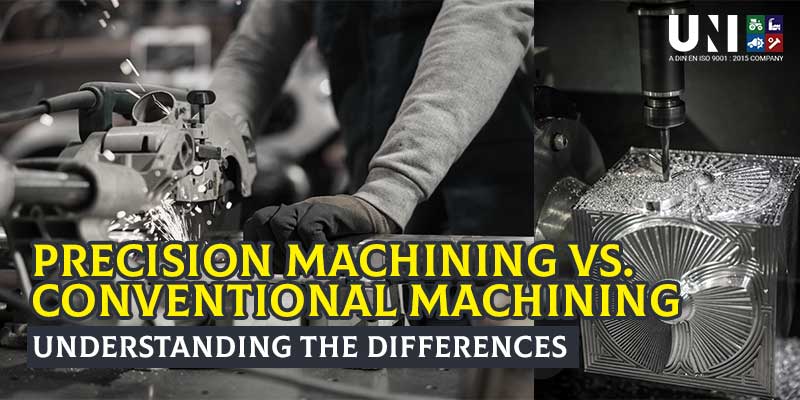Introduction
In the world of manufacturing, machining plays a crucial role in shaping raw materials into finished products. Two common machining methods are precision machining and conventional machining. While both methods are used to achieve similar end results, they differ in terms of processes, accuracy, and applications. Let’s delve into the details to understand the differences between precision machining and conventional machining.
Precision Machining:
Precision machining is a process that removes material from a workpiece to create a precise and intricate final product. This method utilizes advanced machinery and tools to achieve tight tolerances and high accuracy. Precision machining is commonly used in industries where quality, accuracy, and consistency are critical, such as aerospace, medical, and automotive industries.
Key Features of Precision Machining:
- High Accuracy: Precision machining can achieve very tight tolerances, often within microns, ensuring that the final product meets the required specifications.
- Complex Geometry: This method is capable of producing parts with intricate and complex shapes that would be challenging to achieve using conventional machining.
- Advanced Equipment: Precision machining utilizes advanced CNC (Computer Numerical Control) machines, which are programmed to perform highly precise operations.
- Quality Control: Quality checks are performed throughout the machining process to ensure that the final product meets the required standards.
Common Precision Machining Techniques:
- CNC Milling: Utilizes rotating cutting tools to remove material from a workpiece.
- CNC Turning: Rotates the workpiece while a cutting tool removes material to create cylindrical parts.
- EDM (Electrical Discharge Machining): Uses electrical discharges to remove material from the workpiece.
Conventional Machining:
Conventional machining, also known as traditional machining, relies on manually operated machines and tools to remove material from a workpiece. While this method is less precise compared to precision machining, it is still widely used in industries where high precision is not a primary concern.
Key Features of Conventional Machining:
- Manual Operation: Conventional machining is operated manually, requiring skilled machinists to operate the machines.
- Lower Accuracy: Compared to precision machining, conventional machining tends to have lower accuracy and tolerances.
- Versatility: Conventional machining is versatile and can be used for a wide range of materials and applications.
- Cost-Effectiveness: Conventional machining is often more cost-effective for simpler projects that do not require high precision.
Common Conventional Machining Techniques:
- Turning: Rotates the workpiece while a cutting tool removes material to create cylindrical parts.
- Milling: Utilizes rotating cutting tools to remove material from a workpiece.
- Drilling: Uses a rotating cutting tool to create holes in a workpiece.
Conclusion:
Precision machining and conventional machining are two distinct methods used in manufacturing, each with its own set of advantages and applications. While precision machining offers high accuracy and complexity, conventional machining remains a cost-effective solution for simpler projects. Understanding the differences between these two methods is essential for choosing the right machining process for a given project.


